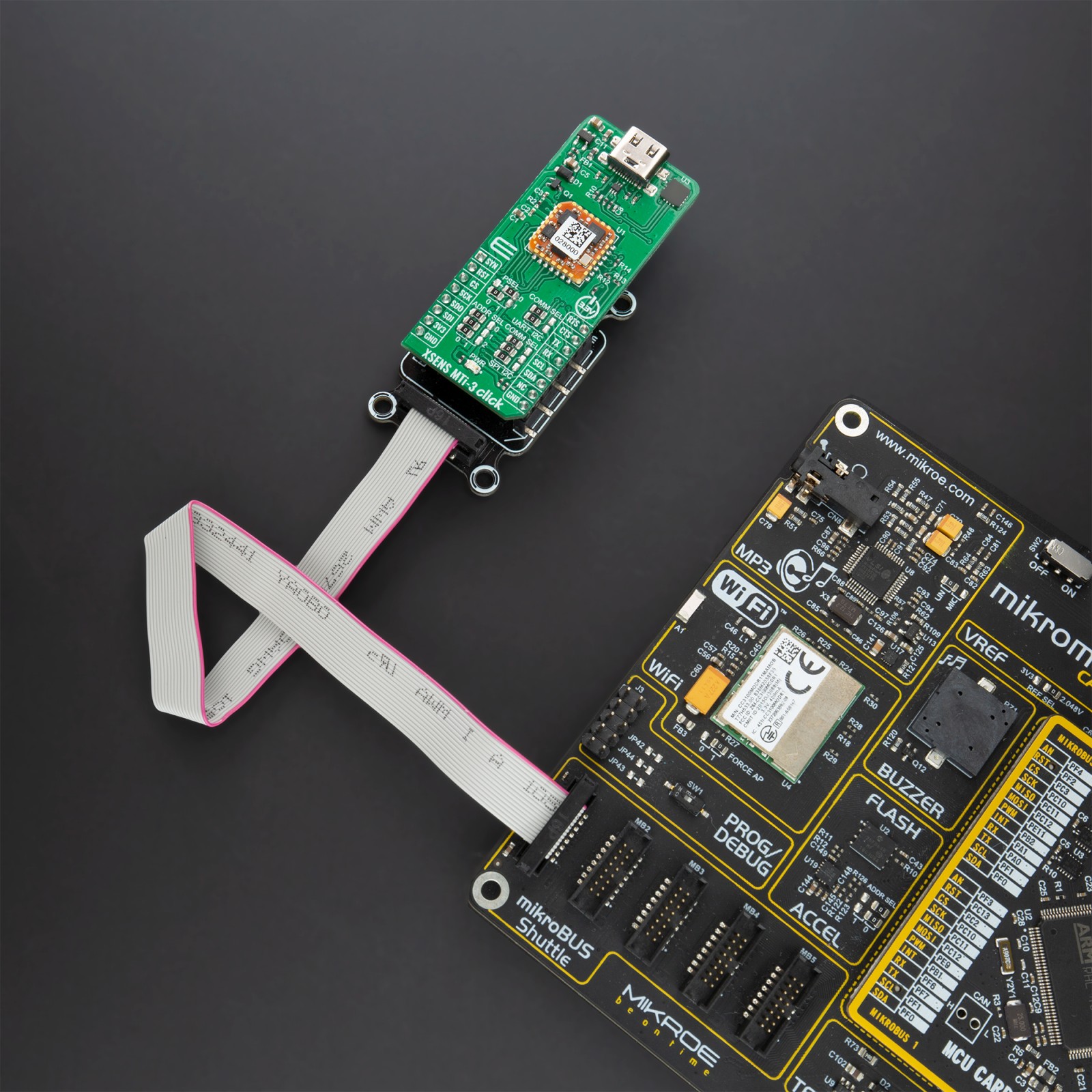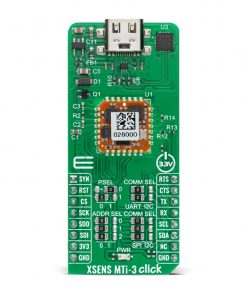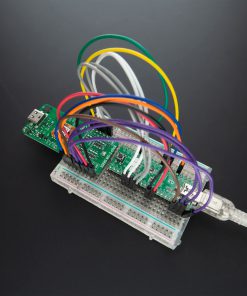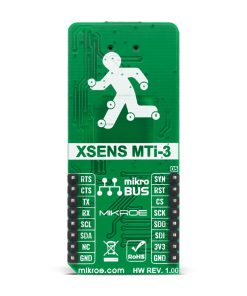-
×
 RS485 Click 5V
1 × R235.00
RS485 Click 5V
1 × R235.00 -
×
 Alcohol Click
1 ×
Alcohol Click
1 × R335.00R301.50 -
×
 BUZZ Click
2 × R115.00
BUZZ Click
2 × R115.00 -
×
 BEE Click
1 ×
BEE Click
1 × R800.00R720.00 -
×
 4-20mA R Click
1 × R480.00
4-20mA R Click
1 × R480.00 -
×
 RTC 2 Click
1 ×
RTC 2 Click
1 × R465.00R418.50 -
×
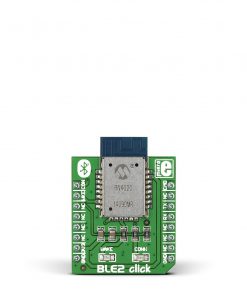 BLE2 Click
1 ×
BLE2 Click
1 × R670.00R603.00 -
×
 MPU 9DOF Click
1 × R550.00
MPU 9DOF Click
1 × R550.00 -
×
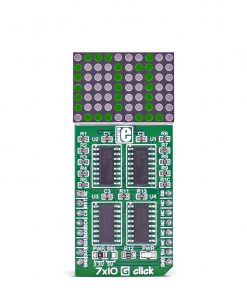 7x10 G Click
1 ×
7x10 G Click
1 × R335.00R301.50 -
×
 ccRF2 Click
2 ×
ccRF2 Click
2 × R800.00R720.00 -
×
 EXPAND Click
1 ×
EXPAND Click
1 × R260.00R234.00 -
×
 Accel Click
1 ×
Accel Click
1 × R355.00R319.50 -
×
 GPS Click
1 ×
GPS Click
1 × R1,050.00R945.00
Subtotal: R7,365.00




